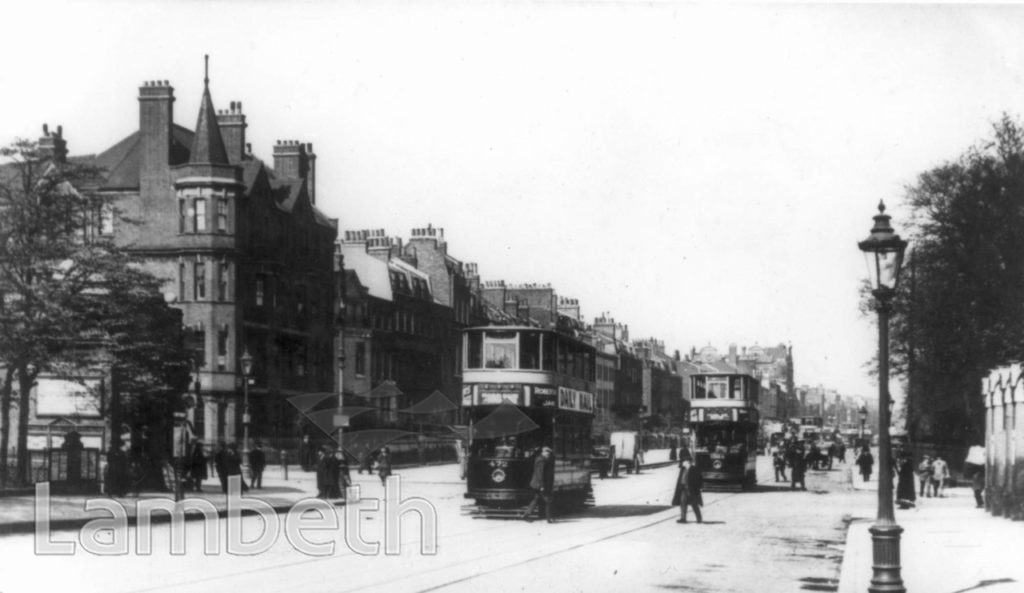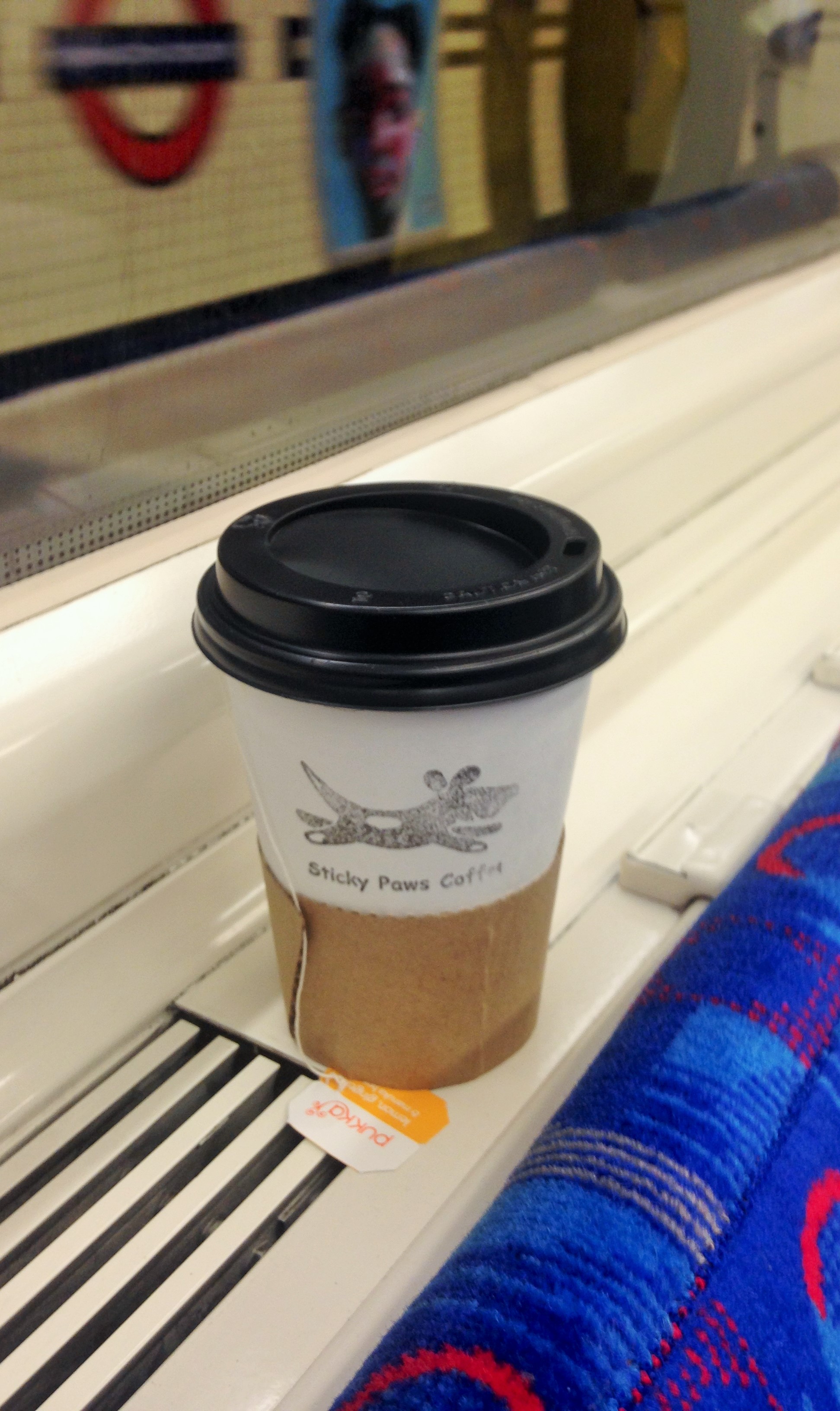Unlike other areas in south London, Greater Kennington is awash with tube stations. Two of them, Kennington and Oval, were the first deep level electric underground stations in the world when they were completed in 1890 (aren’t we always ahead of the curve). The line was built by City and South London Railway Co. and originally stretched from Stockwell to King William St. (near Bank). It proved such a wild success that it inspired other speculative builders to rip up streets and dig routes into the City from places like Shepherd’s Bush (Central Line) and Waterloo (W&C Line).
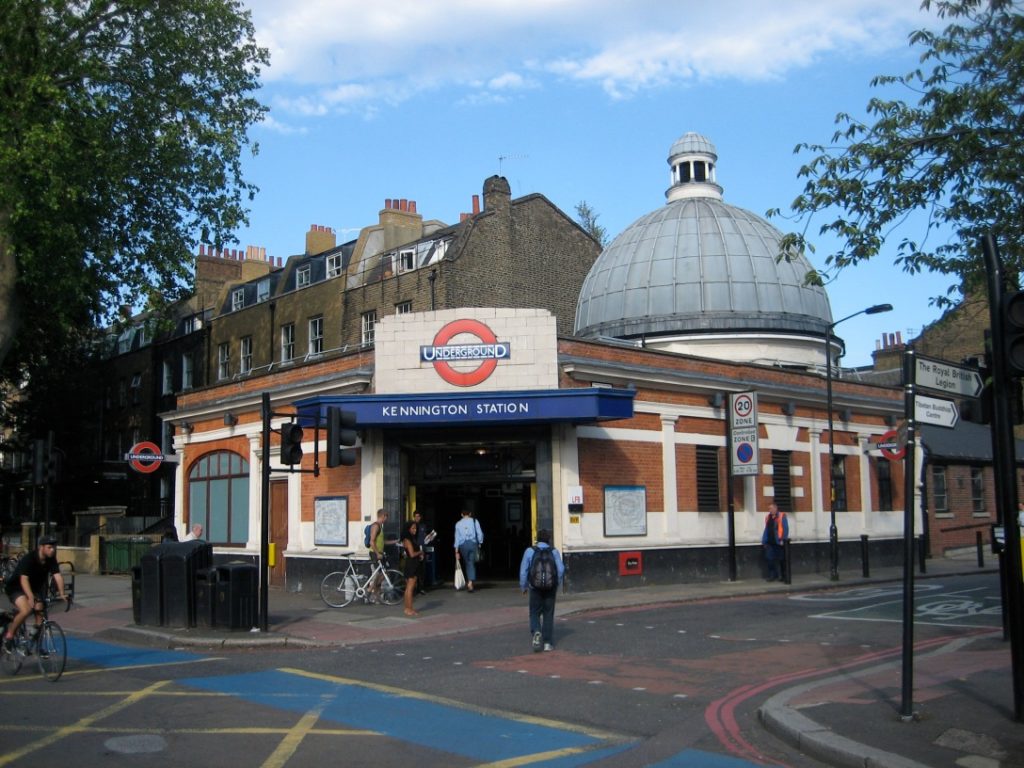
In 1890 alone our little stretch of what would later become part of the Northern Line attracted over five million passengers. The price of the fare was low enough to attract not just snooty bankers living in Kennington Lane, but also people who worked as clerks, in factories, or as teachers. The line also attracted sightseers to gawp over our anointed and hallowed patch and get some R&R in Kennington Park. And by 1897 more nerdy types might have been enticed by the first electric lift of any tube station (remembered by the now redundant dome).
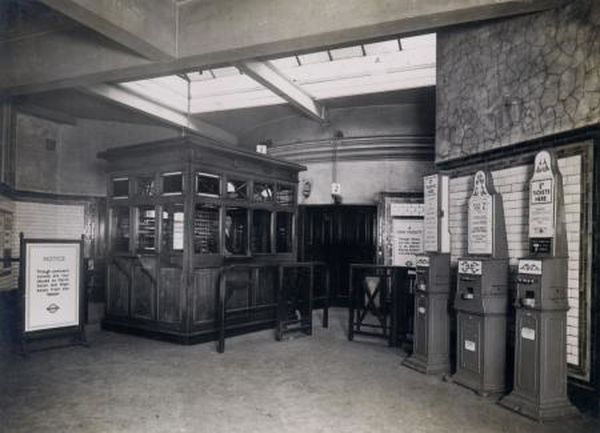
For our forebears, all of the giddy thrill associated with travelling through a hole in the ground did have certain drawbacks. The carriages were described as ‘padded cells’ and people faced stifling heat in addition to near blackouts when the train accelerated. As the novelty wore off electrified trams began scuttling down Kennington Park Rd. and into the City. Not only did trams minimise the risk of getting touched up in the dark, they also had many more stops. So profits began to decline for our pioneering Railway Company, and by the 1920’s shareholders gladly sold up to the ever expanding tube network.
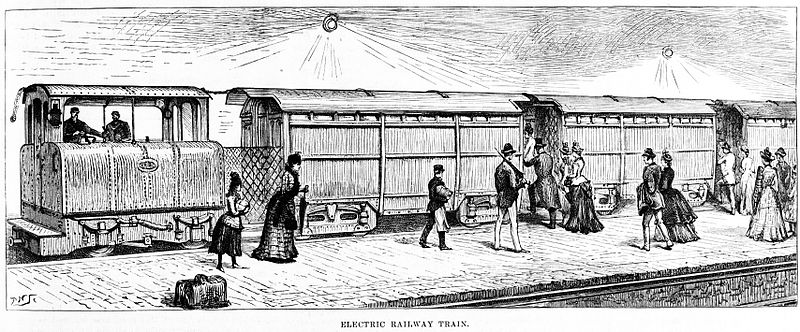
Sadly, while researching this piece we made little headway in ascertaining the source of the great pong of Kennington tube. For those who weren’t around, the smell was somewhere between just stomped on cheddar cheese and wet cat hair.
